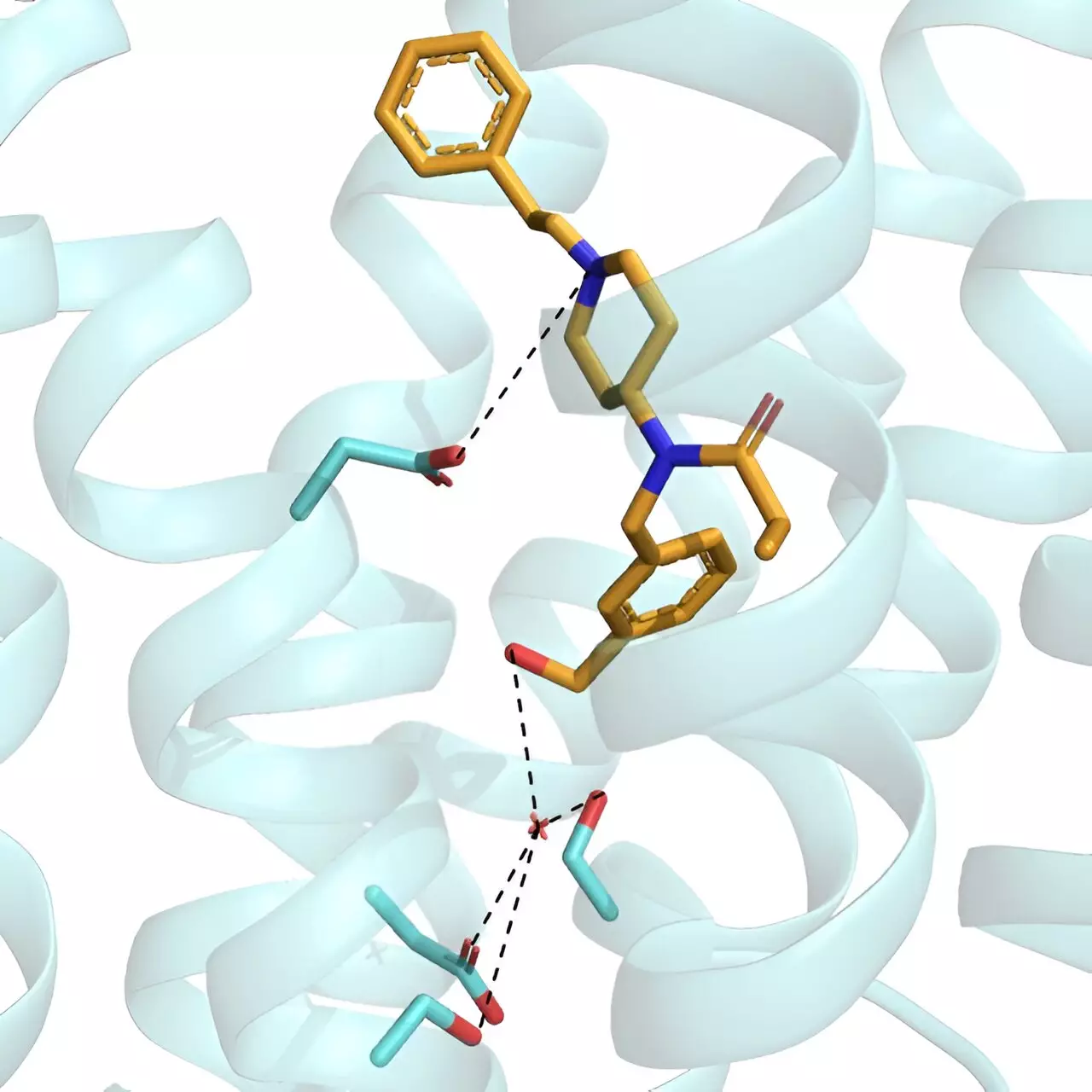The opioid crisis presents a staggering dichotomy: on one hand, these powerful medications provide crucial relief for individuals grappling with severe pain, while on the other, they unleash a torrent of addiction, unpredictable withdrawal symptoms, and even fatal overdose. Society currently finds itself in a precarious position, as the quest for innovative and safer opioid solutions is of utmost importance. The development of new pharmaceuticals like RO76, which seeks to revolutionize pain management without the crippling side effects typical of conventional opioids, is therefore a hopeful ray of light in a largely dark landscape.
The scientific community acknowledges the fundamental role of opioid receptors in pain relief, as these receptors are instrumental in mitigating discomfort by transmitting inhibitory signals throughout the nervous system. However, this mechanism, while effective, also harbors significant risks—none more prominent than addiction and respiratory depression, which can be perilously life-threatening. Thus, the urgency to create safer alternatives is not just an academic exercise; it’s a moral obligation to humanity.
A Paradigm Shift in Opioid Research
Recent advances in opioid research have laid the groundwork for a new paradigm shift. Traditionally, the design of safer opioids has fixated on molecules bisecting the conventional active site of opioid receptors. However, groundbreaking studies have now illuminated the possibility of targeting alternate pathways—specifically, those that elicit impactful pain relief without the troublesome baggage of conventional opioids. A pivotal study involving a novel compound referred to as RO76 shows promise in combating these very challenges.
Unlike its predecessors, this derivative of fentanyl binds to an unconventional site on the opioid receptor and interacts with sodium ion-sensitive locations that may hold the key to a dual-pronged mechanism of action. The intention here is compelling: to refine opioid therapies to yield maximum pain relief while minimizing adverse effects. Early findings indicate that RO76 could significantly diminish the life-threatening respiratory depression seen in conventional opioids, showcasing that innovative thinking can provoke a substantial leap forward in pain management.
Examining the Potential of RO76
The research led by Susruta Majumdar and his colleagues meticulously synthesized and evaluated multiple compounds to develop RO76—a candidate that, unlike its contemporaries, successfully crosses the formidable blood-brain barrier. This barrier presents one of the toughest challenges in developing effective therapeutics, but failure to address it dooms countless potential breakthroughs to remain unrealized. By targeting molecules that can peacefully traverse this divide, researchers have embarked on a journey toward creating orally effective, novel opioids.
Initial tests in animal models revealed that RO76 not only matches but in some cases outperforms morphine when it comes to pain suppression. More importantly, the findings underscore its markedly reduced impact on respiratory rates, emphasizing RO76’s potential to mitigate overdose risks. This is not simply an incremental improvement; it represents a quantum leap that could redefine how pain is treated for multitudes suffering from chronic conditions.
Furthermore, the pronounced reduction in withdrawal symptoms among mice that transitioned from morphine to RO76 is a compelling indicator that this compound could help ease the transition for patients dependent on traditional opioids. The promise of oral administration also extends the potential outreach of this medication, making it accessible to a broader range of patients who might not endure the rigors of injections.
Implications for Pain Management and Society
If confirmed through further studies and trials, RO76 could pave the way for an era of opioid medications that are not only effective but significantly safer than existing options. By minimizing the mortality risk associated with opioid therapy, this advancement could salvage lives, repair families, and alleviate the societal burden wrought by addiction and overdose.
The triumph of RO76 transcends scientific achievement; it embodies a deeper philosophical commitment to human well-being. As the health community wrestles with the opioid epidemic, breakthroughs like this serve as harbingers of hope, reaffirming the purpose of medicine: to relieve suffering while preserving life. It is crucial that the momentum from such research is harnessed, funded, and prioritized, enabling a future where pain relief does not come at such a high cost.

